The Heart and Its Compartments
The heart is a vital organ and it weighs approximately 200-400 gm. It is usually the size of a fist. The heart consists of 4 chambers, 2 ventricles, and two atria. Only when all 4 chambers are functioning properly does the heart in general provide optimal and desirable function. The heart collects impure blood from the whole body in the right atrium. This blood is then sent through the right ventricle to the lungs where it is supposed to be oxygenated. Once the process of oxygenation has finished the blood enters the left atrium and left ventricle and it is then transferred with the system of blood vessels to all the body parts, organs, and organ systems.
Right atria enlargement is a condition in which the right atrium of the heart becomes bigger due to certain medical conditions of the lungs and heart. This enlargement typically leads to certain symptoms such as fatigue, chest pain and breathing difficulties.
Causes of Right Atrial Enlargement
There are several medical conditions that cause enlargement of the right atrium. They include certain lung diseases, tricuspid stenosis, mitral stenosis, tricuspid regurgitation, mitral regurgitation, and pulmonary embolism.
Certain lung disorders are directly connected to enlargement of the right side of the heart, including the right atrium. Bronchitis and chronic obstructive pulmonary disease are the most responsible for the potential enlargement of the right atrium. This can be explained by increased blood pressure in the pulmonary artery which spreads from the lungs and affects the heart and its chambers. High blood pressure, particularly if it lasts for a longer period of time leads to enlargement of this heart chamber.
- Overall, 609 PE patients were consecutively included in a prospective single-centre registry between September 2008 and August 2017.
- Volumetric measurements of heart chambers were performed on routine non-electrocardiographic-gated computed tomography and plasma concentrations of mid-regional pro-atrial natriuretic peptide (MR-proANP) measured on admission. An in-hospital adverse outcome was defined as PE-related death, cardiopulmonary resuscitation, mechanical ventilation or catecholamine administration.
- Patients with an adverse outcome (11.2%) had larger RA volumes (median 120 (interquartile range 84–152) versus 102 (78–134) mL; p=0.013), RA/left atrial (LA) volume ratios (1.7 (1.2–2.4) versus 1.3 (1.1–1.7); p
- Overall, 499 patients (81.9%) had a RA/LA volume ratio ?1.0 and a calculated cut-off value of 1.8 (area under the curve 0.64, 95% CI 0.56–0.71) predicted an adverse outcome, both in unselected (OR 3.1, 95% CI 1.9–5.2) and normotensive patients (OR 2.7, 95% CI 1.3–5.6). MR-proANP ?120?pmol·L?1 was identified as an independent predictor of an adverse outcome, both in unselected (OR 4.6, 95% CI 2.3–9.3) and normotensive patients (OR 5.1, 95% CI 1.5–17.6).
In tricuspid stenosis the blood cannot be properly transferred from the right atrium to the right ventricle. In order to push all the blood inside the right ventricle the right atrium pumps forcefully. This extra workload affects the right atrium and leads to its enlargement. Similar to tricuspid stenosis, tricuspid regurgitation is a condition that affects the normal flow of blood from the right ventricle to the right atrium. In tricuspid regurgitation, the blood returns from the right ventricle and enters the right atrium. Excessive pressure of the blood which is returned into the right atrium eventually leads to right atrial enlargement.
Mitral stenosis and mitral regurgitation are heart condition that affects the mitral cuspis. This cuspis separates the left heart ventricle and atrium. In an advanced stage of mitral stenosis, there is an evident enlargement of the right atrium.
And finally, pulmonary embolism features the improper blood supply of the lungs due to blockage of the lung vessels with clots. The heart pumps the blood forcefully in order to re-establish the interrupted blood flow in the lungs which consequently leads to right atrial enlargement.


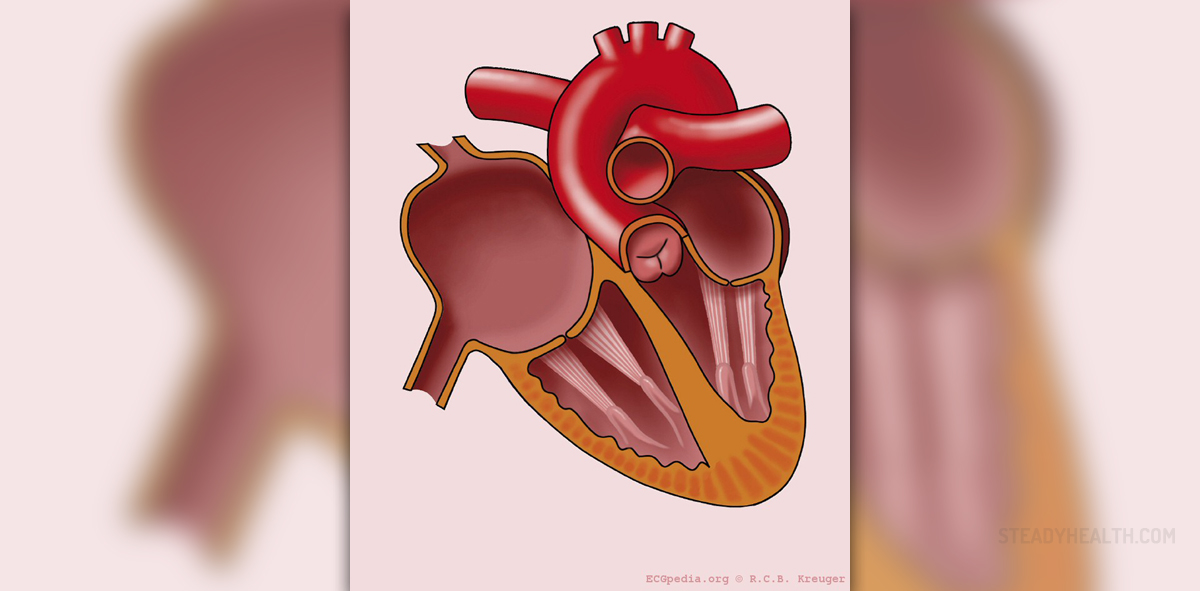

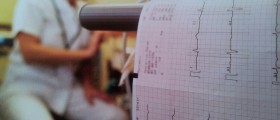
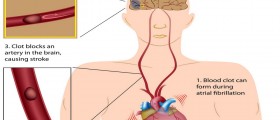


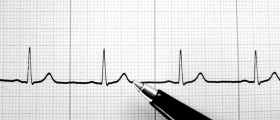


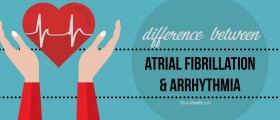






Your thoughts on this
Loading...